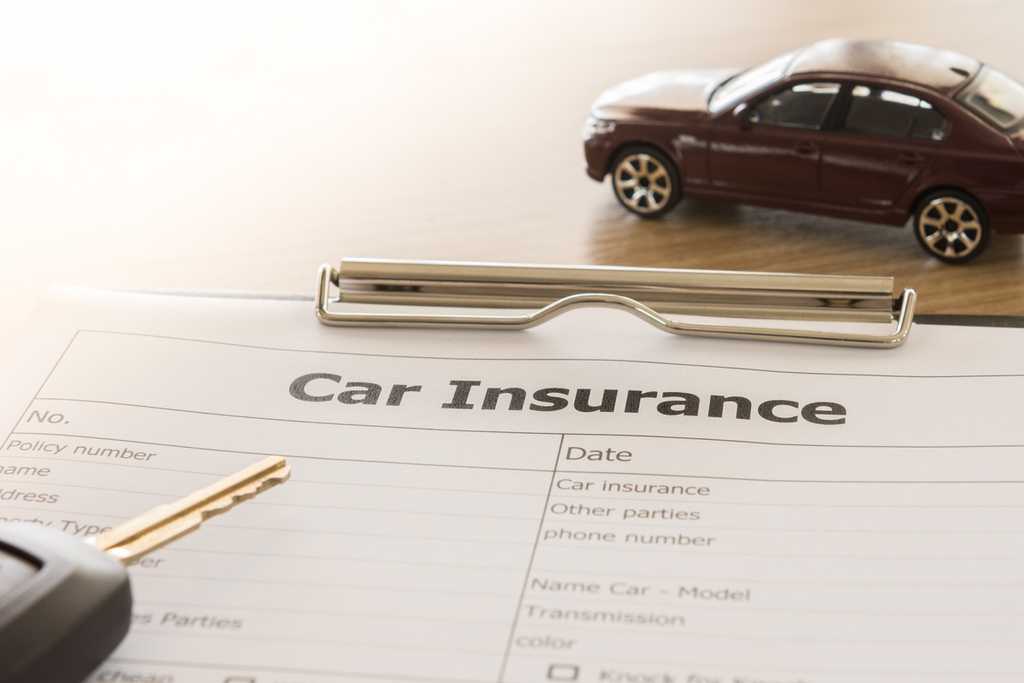Full coverage car insurance is a combination of coverages that, in most auto accident situations, provides financial protection for you, your passengers, and other involved drivers. These coverages typically include bodily injury and physical damage liability, comprehensive, and collision.
Understanding your car insurance policy
Before diving into full coverage car insurance, it may be helpful first to understand how a car insurance policy provides coverage.
A car insurance policy consists of multiple coverages. Each provides financial reimbursement in a specific situation. For example, suppose you're at fault in an accident. In that case, your policy’s liability coverages reimburse other involved drivers for the cost of vehicle repair and medical care. Your policy’s collision coverage pays for damage to your vehicle. Your medical payments coverage helps you pay for your medical care.
Some of the coverages offered by the insurance company are required by state law, while others are optional. Most states require drivers to have bodily injury and property damage liability coverages, for instance. Some states also require a coverage called uninsured motorist. A loan or lease provider may require collision and comprehensive coverages, and possibly gap coverage.
So when shopping for insurance, you need the required coverages. Beyond that, you’ll want to choose available coverages that meet your needs for financial protection while fitting within your budget.
What does full coverage insurance consist of?
The term “full coverage” really has no standard definition. With that said, when full coverage car insurance is discussed, it usually includes the following coverages:
- Bodily injury liability — This coverage is required by law in almost every state. If you cause an accident, it covers costs associated with any injuries you've caused to others (drivers, their passengers, pedestrians, etc.) and for which you're liable.
- Property damage liability — Another legally required coverage. This ensures your insurance company covers costs associated with any damage you've caused to others' vehicles or property and for which you're liable. Both bodily injury and property damage liability coverage have limits. A limit is the maximum dollar amount the insurance company will pay when you have a claim. Any amount owed above the limit will be your responsibility. You choose the amount of your limits when you buy the policy and can expect to pay more in premium for higher limits.
- Collision — This is an optional coverage that applies if you’re responsible for an accident and your vehicle is damaged. It helps cover the cost of your car’s repair or replacement.
- Comprehensive — This is another optional coverage. It covers the cost to repair or replace your vehicle if it’s damaged in an incident other than a collision with another vehicle. Examples include damage caused by severe weather (such as a hailstorm or flood), damage sustained by a tree branch falling onto your car, or damage sustained in a collision with a deer or other animal.
Unlike with your liability coverages, neither collision nor comprehensive have a limit. However, both coverages have deductibles. The deductible is your share of the costs to repair or replace your vehicle if you have a claim. Deductibles typically range from $500 to $1000, and you choose this amount when you purchase the policy.
Note that while collision and comprehensive are not required by state law, they may be required by your loan or lease provider.
What additional coverages are available?
When defining full coverage for yourself, you might consider these additional coverages.
- Gap coverage — This applies if you file a comprehensive or collision claim, and your insurance company then declares the car a total loss. Your settlement (the amount of money you can expect to receive from the insurance company) would be based on the vehicle's depreciated value. This might be much less than the amount of money you owe your bank for the loan or a lease. Having gap coverage means your insurance company will help pay for that difference.
- Uninsured motorist coverage — If you’re involved in an accident, another driver is at fault, and that driver’s insurance is not adequate to cover your medical costs or vehicle repairs, your uninsured motorist coverage helps cover those expenses. Uninsured motorist coverage is required by law in a few states.
- Medical payments coverage — If you’re injured in a car accident, regardless of who is at fault, medical payments coverage helps cover the cost of hospital bills and funeral expenses for you and your passengers.
- Rental reimbursement coverage — If your car is in the shop for repairs covered by a comprehensive or collision claim, this coverage would help reimburse your rental car costs.
- Roadside assistance coverage — This helps cover the cost of emergency roadside services such as towing, winching, dead battery, or mechanical breakdown.
What does full coverage car insurance not pay for?
Every insurance policy has exclusions. These are situations for which the policy will not provide reimbursement, regardless of what coverages you’ve chosen.
Exclusions are listed in the policy’s contract, which you should receive when the policy goes into effect. You may also be able to view your contract at the company’s website or through its app.
Exclusions vary by company but typically include situations such as:
- Damage to the vehicle caused during street racing or other illegal activities.
- Use of the vehicle for a rideshare service such as Uber or Lyft. (Note that most car insurance companies offer rideshare coverage to people who drive for these services.)
- Use of a vehicle for business/commercial use. (If you use your vehicle for business purposes, contact your insurance company to inquire about the need for a commercial auto policy.)
- Catastrophes such as war, terrorist acts, or other civil disturbances.
- Intentional damage to the vehicle.
How much does full coverage car insurance cost?
Your premium — the amount of money you pay for your car insurance — will always be affected by your coverage, limit, and deductible choices. With all other things equal, a policy with only the legally required liability coverage will cost less than a full coverage policy with liability, collision, and comprehensive. Of course, that lower-cost policy provides much less coverage.
It’s always a good idea to discuss your car insurance needs with an insurance agent. Agents are licensed by the state and know the ins and outs of the policies they sell. They can discuss your needs and budget, and match you with a policy that’s right for you.
Understanding full coverage car insurance
While there's no standard definition, full coverage car insurance refers to a policy with specific coverages that keep you financially protected in most accidents. These typically include liability, collision, and comprehensive. You may also want to consider other coverages that meet your personal needs.

